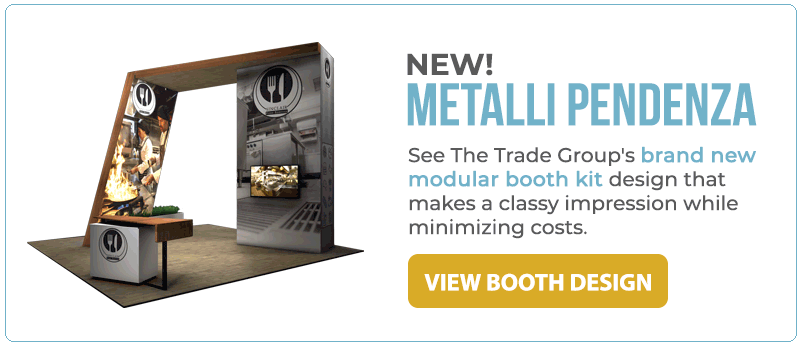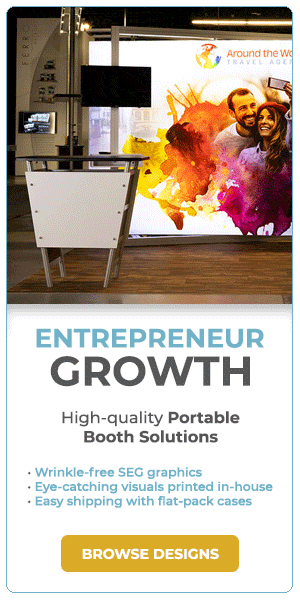So many aspects of our lives changed in 2019.
We all found a new appreciation for hand sanitizer and paper products. We look back fondly on less expensive gasoline. And some of us accidentally flipped on the puppy-dog face during a Zoom business meeting, and no one said a word about it for nearly ten minutes.
Our world seemed to get bigger and smaller at the same time. Bigger because it became clear how vulnerable we are to diseases that begin half a world away. Smaller because many of us were locked in our home for months.
During trying times like these, it’s natural to worry less about “big picture” issues, like the environment, and become more focused on matters that directly impact us.
A recent study by the consulting firm Kearney examined whether consumer attitudes toward the environment had changed since the outbreak. The results were a little surprising. From 48% of the respondents, the most popular answer was that they were “more concerned about the environment than they were before the pandemic.” A close second, 46% of the respondents said they had the same level of concern about the environment as before the pandemic.
This newfound – or continued – concern for the environment is also affecting their everyday purchasing decisions. The majority of respondents, 55%, said that since the pandemic, they are “more likely to purchase environmentally friendly products,” and 65% want companies to explain their environmental commitments clearly.
This is good news for exhibitors who are already committed to environmental concerns. It is also encouraging for those who want to promote environmentalism and sustainability but are concerned their efforts may go unnoticed. Potential clients will notice.
Interested in incorporating green practices in your trade show program? Here are a few suggestions.
Fabric
Take a bird’s eye view of any trade show, and you’ll see fabulous exhibits, colorfully draped tables, waving banners, and eye-catching signage. Do you know what the vast majority of these have in common? Polyester.
Polyester is widely used at trade shows for table covers, banners, flags, booth graphics, tension frame systems, and more. It is the go-to festival fabric for several reasons:
- It resists wrinkling. Packing, shipping, unpacking, and repacking puts a great deal of strain on most fabrics. Polyester tends to look great as soon as it is unpacked and needs little care.
- It is machine washable. After a busy show, there’s bound to be a spill or dirt on your booth fabric. Polyester is stain-resistant, so you can just toss it in a washing machine on cold, dry at a low temperature, and it’s ready to go. Plus, colors printed on polyester are much less likely to fade after repeated washings than natural fibers.
- It is flame resistant. Most venues require anything hanging or draped to be flame resistant.
Polyester is an artificial product produced from petroleum products with names like ethylene glycol and dimethyl terephthalate. During the production process, oil is refined to create polyethylene terephthalate (PET) polymer. This is then spun into the long molecules that are polyester fibers.
The TLDR version: polyester is plastic.
Granted, a lot of work has gone into making sure polyester no longer looks or feels like plastic. (Polyester needed a bit of an image rehab after the initially non-breathable fabric caused several disco-related mishaps – fashion and otherwise – in the 1970s.)
Polyester, like plastic, is recyclable. Some clothing manufactures have polyester recycling drop-offs in certain stores. Also, The Council for Textile Recycling and Earth911 have search tools to help you find nearby donation and recycling locations that accept polyester fabrics.
The Exhibit’s Frame
Once your exhibit has run its course, fabric isn’t the only component that can be recycled.
Behind the public-facing glitz and glamor, the frames of most exhibits are filled with recyclable materials, including PVC piping and aluminum.
According to the Aluminum Association, nearly 75% of the aluminum that has ever been produced is still in use. There are two reasons for this. First, it’s kind of a pain and very energy-intensive to extract and refine aluminum from raw materials.
Second, it is extremely easy and energy-efficient to recycle. In fact, recycling aluminum requires less than 10% of the energy needed to unearth and create the metal. You may be able to put smallish pieces of aluminum in a standard recycling bin. Larger pieces may need to be carted to a recycling center. (You may even find a location that will pay you for the metal.)
In many cases, PVC piping is just as easy to recycle because you can just throw it in a recycling bin or one that’s dedicated to PVC products. However, not every municipality or recycling center processes PVC plastic. So, before casually tossing these pieces in a green bin, always check city ordinances online or ask someone with the venue. If the local center doesn’t accept PVC, you can use the Earth911 database to find a nearby recycling center that does.
Electronics
No trade show is complete without a sea of touchscreens, monitors, and hundreds of other gadgets. However, these shiny toys wear out, or new doodads take their place.
Electronics are filled with valuable materials, such as metals, plastics, and glass, that can be repurposed. When chucked into a landfill, those resources are lost – as is the energy it took to mine and manufacture them. Recycling electronics conserves natural resources and helps minimize air pollution, water pollution, and greenhouse gas emissions resulting from manufacturing.
Electronics are not something that can be dropped into a green recycling bin. However, municipalities often have a day dedicated to electronics recycling. Also, several electronics retailers have in-store recycling drop-offs.
If you’re not interested in breaking down an old exhibit, you still have environmentally friendly options. For example, you could repurpose it as an in-house display and set it in a lobby or other common area in your headquarters. Also, if your exhibit house also offers booth rentals, it may have a trade-in or buyback program.
The Trade Group is a full-service trade show and event marketing company. We will work with you to create an exhibit or an event that brings in leads and helps you achieve your business goals. Contact us here or give us a call at (800) 343-2005.




